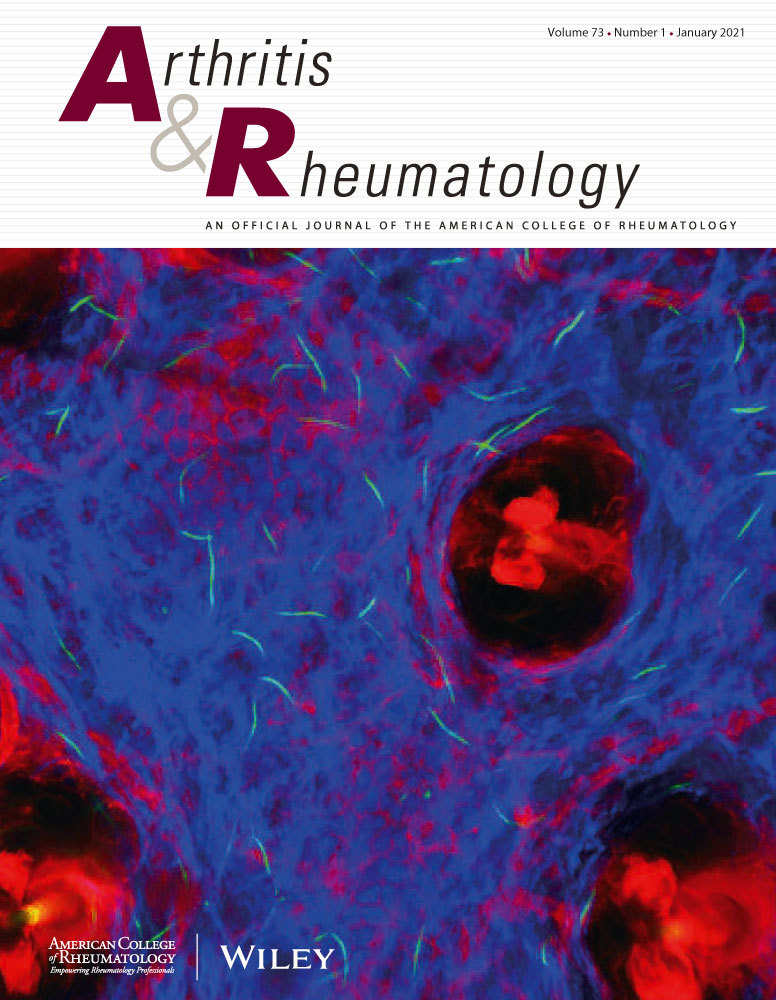Pigmented villonodular synovitis (PVNS) is a rare benign proliferative disease affecting the soft-tissue lining the synovial joints and tendons. Its etiology is poorly understood, largely limiting the availability of current therapeutic options. Here, we mapped the synovial gene and protein profiles of patients with PVNS, revealed a link between synovial inflammation and invasion, and elucidated the potential molecular mechanism involved.
The expression of synovial genes from 6 control individuals, 7 patients with osteoarthritis (OA), and 19 patients with PVNS was analyzed via RNA sequencing. Protein profiles from 5 control individuals, 10 patients with OA, and 32 patients with PVNS were analyzed using label-free proteomics. Microarray and reverse transcription–polymerase chain reaction analyses and immunohistochemical staining were used to evaluate inflammatory cytokine and target gene expression levels in synovial tissue, epithelial cells, and synovial fibroblasts (FLSs) derived from tissue of patients with PVNS. Various signaling pathway inhibitors, small interfering RNAs, and Western blots were used for molecular mechanism studies. Transwell migration and invasion assays were subsequently performed.
In total, 522 differentially expressed proteins were identified in the tissues of patients with PVNS. By integrating RNA sequencing and microarray analyses, significant changes in the expression of epithelial–mesenchymal transition (EMT)-related genes, including transforming growth factor TGF-b induced, neural cadherin, epithelial cadherin, SNAIL, and TWIST, were confirmed in the tissue of patients with PVNS compared to the control tissue. In vitro, TGFβ induced EMT and increased epithelial cell migration and invasion. Moreover, TGFβ not only promoted interactions between epithelial cells and FLSs but also directly increased the migration and invasion abilities of FLSs by activating the classical Smad2/3 and nonclassical JNK/AKT signaling pathways.
This study provides overall protein and gene profiles of PVNS and identifies the crucial role of TGFβ in synovial invasion pathology. Exploring the related molecular mechanism may also reveal a new strategy or target for PVNS therapy.


